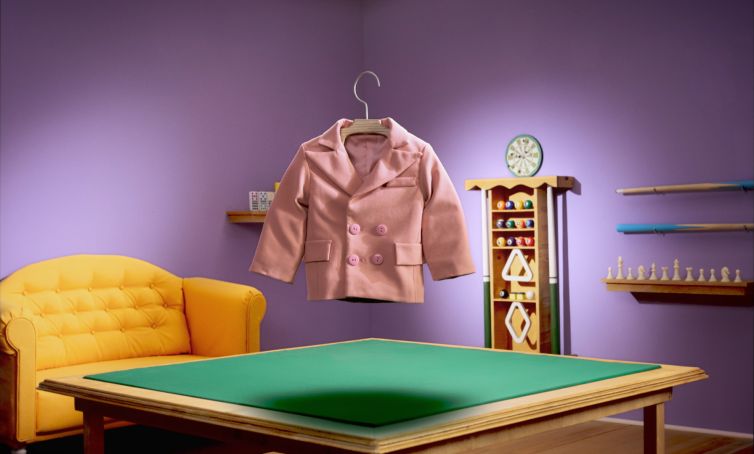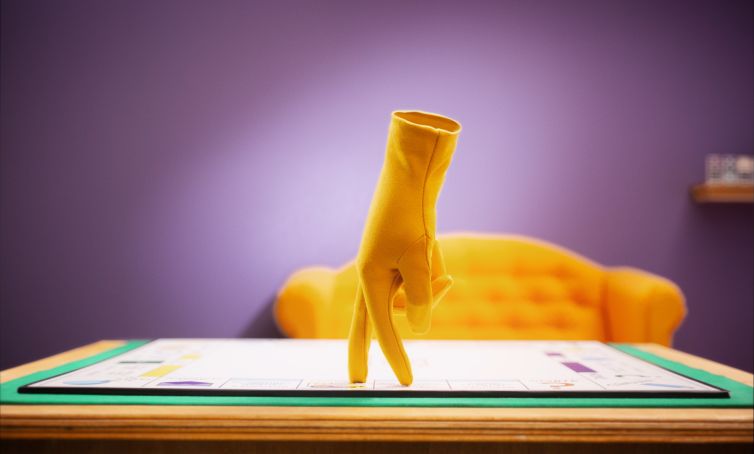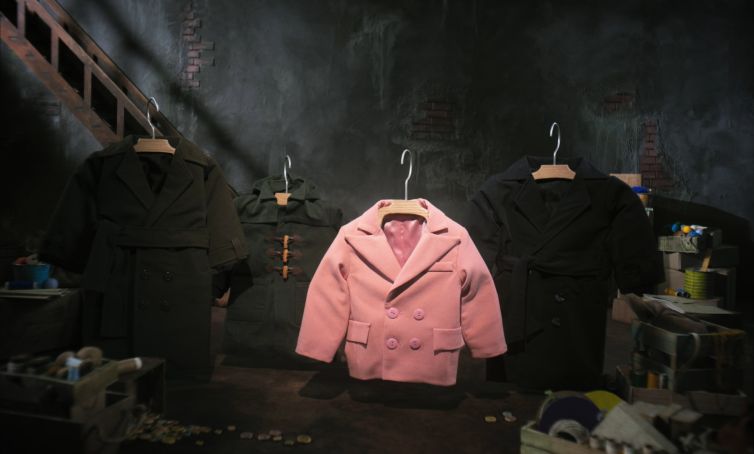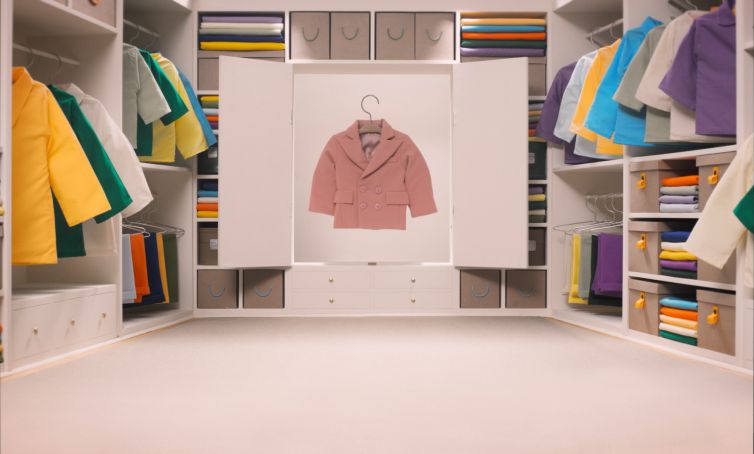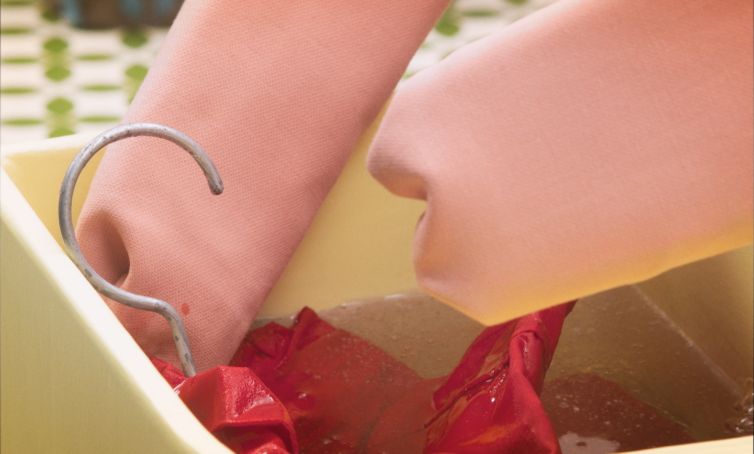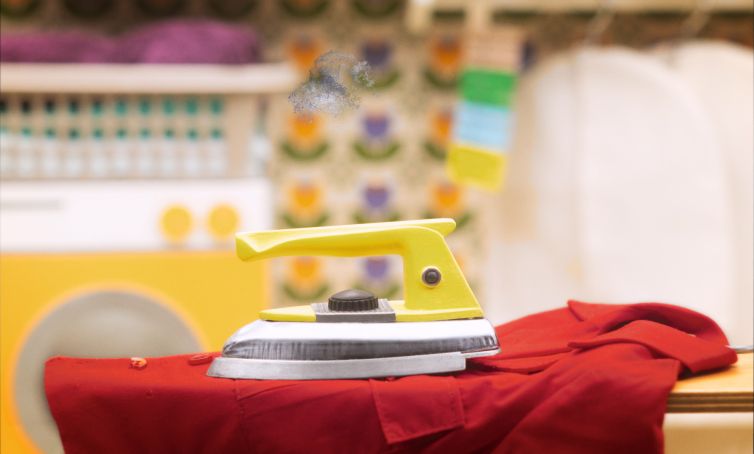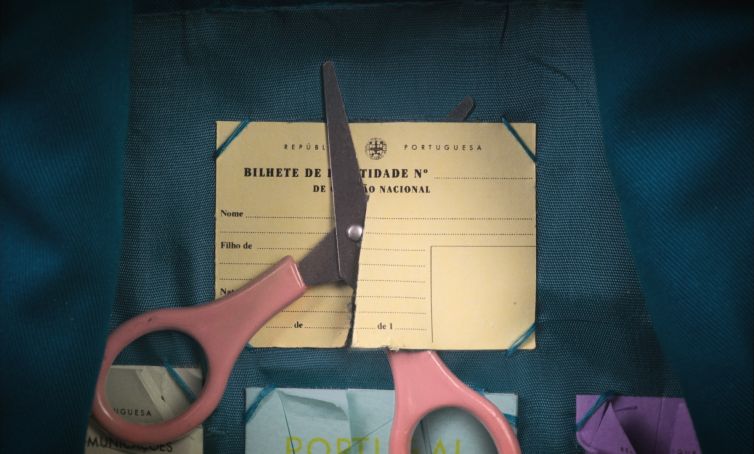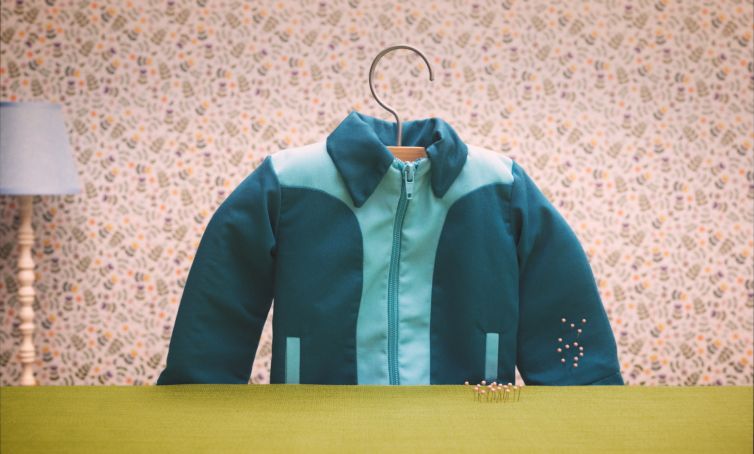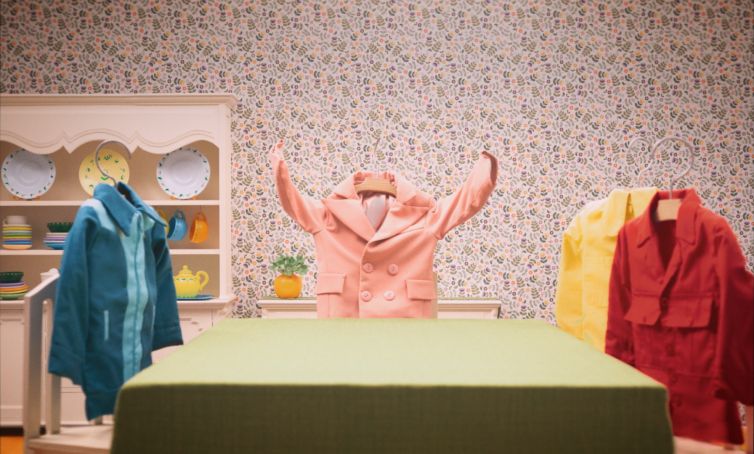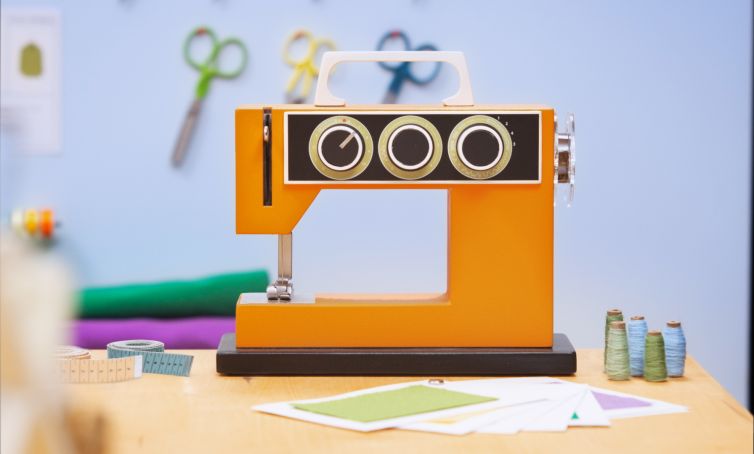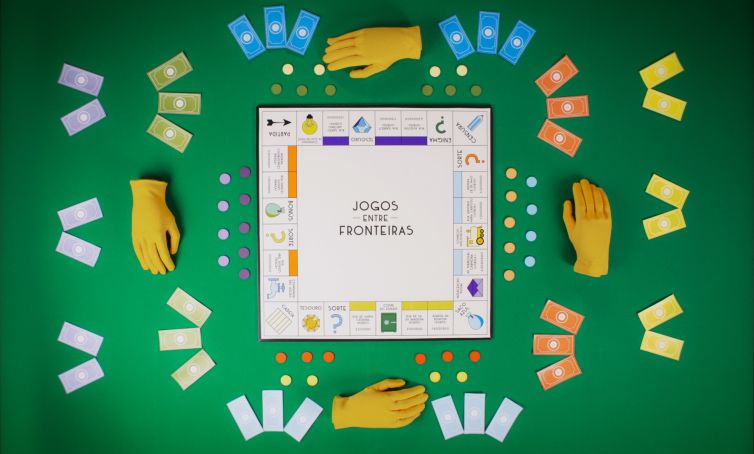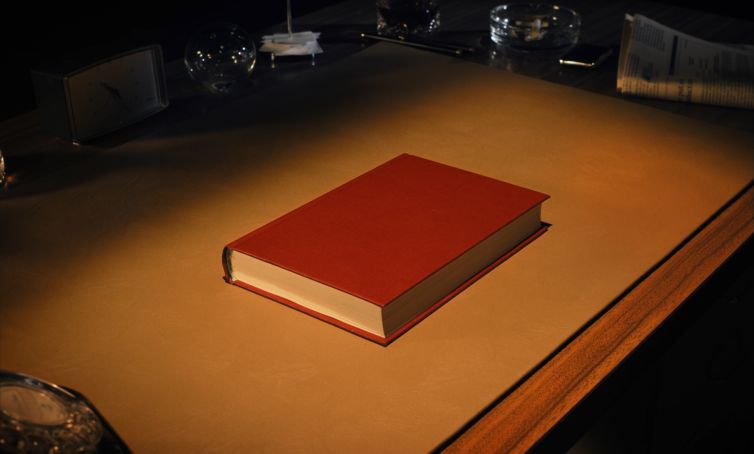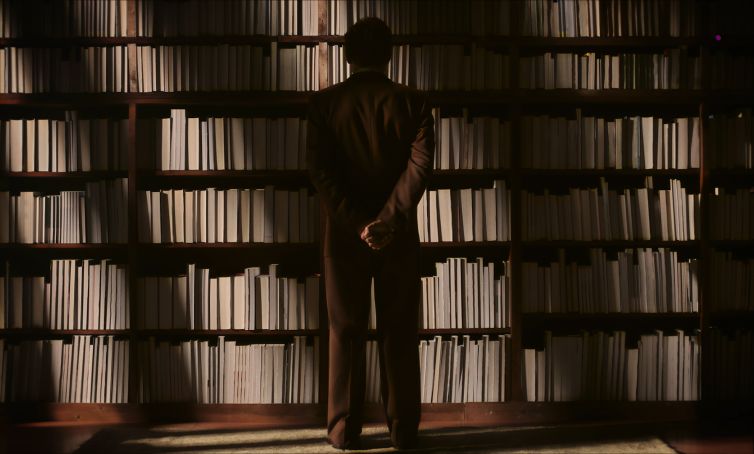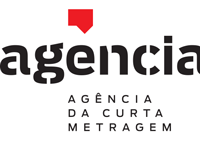
The protagonist of this film, Casaco Rosa, symbolizes the PIDE (Portuguese political police) inspector Rosa Casaco.
As a director, it is important for me to bring to light certain contours of the events that involved this figure, to counter his oblivion and, through an allegorical cinematic language, to record another perspective of Rosa Casaco.
The children’s universe of the narrative is used ironically to precipitate a clash of languages. If, on the one hand, the aesthetics and music transport us to a more childish reality, the actions of the coat and other characters such as the iron are cruel and immoral, without any repercussions for the perpetrators.
The film uses childish aspects, progressively giving them a darker and more serious side. As people are not used, but rather coats and other items of clothing, this imagery seems innocuous, created in the shadow of the imagery of childhood films, where everything is apparently safe.
Inside the dollhouse, everything looks new, pristine, as if they were toys that had just come out of the box.
The costumes are characters: shirts, coats, blouses, which demonstrate their role in society or their gender: the communist red shirt that holds the revolutionary pamphlets, the General’s coat that demonstrates their status and profession.
In that house everything is perfect and nothing is out of place, yet Pink Jacket makes a point of ordering it in his own way: he plays games of interest and power, undoes shirts, disposes of coats in a dark basement.
The dollhouse is the main setting, chosen because it was the family cradle, the much acclaimed home during the Estado Novo period, our homeland. A place of intimacy and security where, at the same time, hideous situations take place. In contrast to the children’s universe, the office, at the beginning of the film, is an adult space, dimly lit, where the story of Casaco Rosa, Casaco Rosa, is sent to the silence of the shelves, among many other stories.
This evokes a practice that is common in different nations, hiding domestic stories whose narrative brings shame. Limit access to these memories, entrusted to sinister men of power.
ANIMATION AND MUSIC
The process of creating an animated film is quite complex and challenging.
Unlike what happens in a real-life film, everything must be thought out and built from scratch.
One of the film’s greatest challenges was to give expression, intention, drama and grace to faceless puppets, objects and pieces of clothing transformed into characters with their own history, behaviors and personalities.
The Pink Jacket is a pink coat and the other characters are also pieces of clothing (shirts, coats, raincoats). Its interior, made up of armor with special kneecaps, allows a body language to be constructed through its manipulation and actions throughout the narrative, which takes place in a restricted space: the interior of a house.
In addition to the construction of the puppets, done in stages, costumes, armor and finally assembly, it was necessary to idealize and build each scene in the house and for each of them to create its own universe of objects/props. At the same time, devices were prepared to serve the animation, otherwise it would be a film without movement, composed of inanimate objects. The simple breathing of a shirt requires a variation of padding and an internal system to make it rise and fall.
A suitcase that is removed from inside the Pink Jacket requires the construction of suitcases of different sizes and materials until it reaches the desired size.
The bassoon is the instrument with the greatest expression in the film, given its great musical range. Like Rosa Casaco, he had a wide range of influences.
The bassoon also has the peculiarity of being an instrument that is played very quickly, just as Rosa Casaco managed to quickly escape justice.
The children’s choir reveals the Pink Jacket’s hidden history and intentions. It is the children who tell us right from the beginning that that coat is “rogue”. The lyrics are based on the textile universe and made with simple words, typical of children’s songs.
Argumento e Realização
Mónica Santos
Direcção de fotografia
Manuel Pinto Barros
Pedro Negrão
Direcção de animação
Rita Sampaio
Compositor
Pedro Marques
Letrista
Pedro Da Silva Martins
Direcção de arte
Mónica Santos
Actor
Gilberto Oliveira
Animação
Joana Nogueira
Mónica Santos
Patrícia Rodrigues
Rita Sampaio
Estruturas de marionetas
Anna Deschamps
David Roussel
David Thomasse
Direcção de construção e adereços
Joana Nogueira
Patrícia Rodrigues
Construção cenários e adereços
Daniel Fonseca
Joana Nogueira
Matilde Camacho
Milton Pacheco
Nurian Brandão
Patrícia Rodrigues
Adereços adicionais
Atelier02
Maria Nanim
Figurinos
Mónica Santos
Costureiras
Alexandra Barbosa
Fictional Tailors / Lurdes Sobrado
Olívia Santos
Animatic
Jorge Carvalho
Composição
Jorge Carvalho
Milton Pacheco
Sebastian Chala
Thierry Bouillet
Timothée Coquer
Correcção de cor
Léo Mondon
Manuel Pinto Barros
Sound design
Kévin Feildel
Bruitage
Bertrand Boudaud
Mistura de som
Damien Tronchot
Direcção coro
Raquel Couto
Coro Lira
Alice Martins
Amélia Leal
Beatriz Pinto
Benedita Carneiro
Carlota Lameiras
Carolina Barros
Gabriela Dias
Gabriel Ferreira
Laura Amaral
Leonor Parente
Luísa Martins
Margarida Amaral
Margarida Moreira
Maria Alice Sousa
Maria do Pilar de Mendonça
Maria Isabel da Silva
Maria Sampaio
Sara Almeida
Sarah Sampaio
Músicos
Carlos Soares
Luana Santos
Música
“E Depois do Adeus” – Paulo de Carvalho
Autoria
José Niza e José Calvário
℗ 1974 Universal Music Portugal, S.A.
Som de Arquivo
Tradisom Produções Culturais
“Discurso Proferido pelo General Humberto Delgado no Comício Realizado no Dia 22 de Maio de 1958 na Cidade de Chaves”
℗ 1998 Tradisom Produções Culturais
Produção
[Animais AVPL]
Vanessa Ventura
Nuno Amorim
Produção executiva
Davide Freitas
Co-produção
[Um Segundo Filmes]
Pedro Medeiros
Humberto Rocha
Co-produção
[Vivement Lundi !]
Fabrice Dugast
Jean-François Le Corre
Chefe de produção
Caroline Lafarge
Direcção de produção
Fabrice Dugast
Administração de produção
Valérie Amour Malavieille
Assistentes
Melissa Derennes
Nathan Santarossa
Em co-produção com
Arte France
Unité de Programmes Cinéma
Hélène Vayssiéres [Responsável Curta Metragens]
Sylvie Smets
Chafiâa Benaziza
Pascal Richard
Romain Froidefond
Com o apoio de
Centre National du Cinéma et de L’Image Animée
La région Bretagne em parceria com o CNC
PROCIREP – Sociedade de Produtores
ANGOA
Estúdios Imagem
Animais AVPL
Um Segundo Filmes
Compositing
Personne n’est parfait !
Bruitage | Mix
AGM Factory
Laboratório
AGM Factory
Equipamento
Filmesdamente
Filmes da Praça
Um Segundo Filmes
Apoio à produção
A Casa do Livro – Norprint
Casa da Animação – Associação Cultural
Casa de Figurinos
Cristina Rebelo
Desocupado Porto
Duarte Ferreira
Fernando Carvalho
Filmes da Praça
Marcelo Lafontana
Patrícia Figueiredo
Play Audiovisuais
Qualia Prod
Sítio do Cano Amarelo
Agradecimentos
Ana Carina Estróia
António e Olívia Santos
Carlos Fonseca
Cláudia Ribeiro
Daniela Duarte
Fernando Carvalho
Irene Flunser Pimentel
Joana Amorim
Joana Araújo
José Moças
Mathieu Courtois
Miguel Campos
Nuno Rodrigues
Ophélie Broudin
Pedro Lucas
Regina Guimarães
Regina Machado
Rita Pires
Vítor Estudante
Vítor Santos
07.2022 – Curtas Vila do Conde Festival Internacional de Cinema
